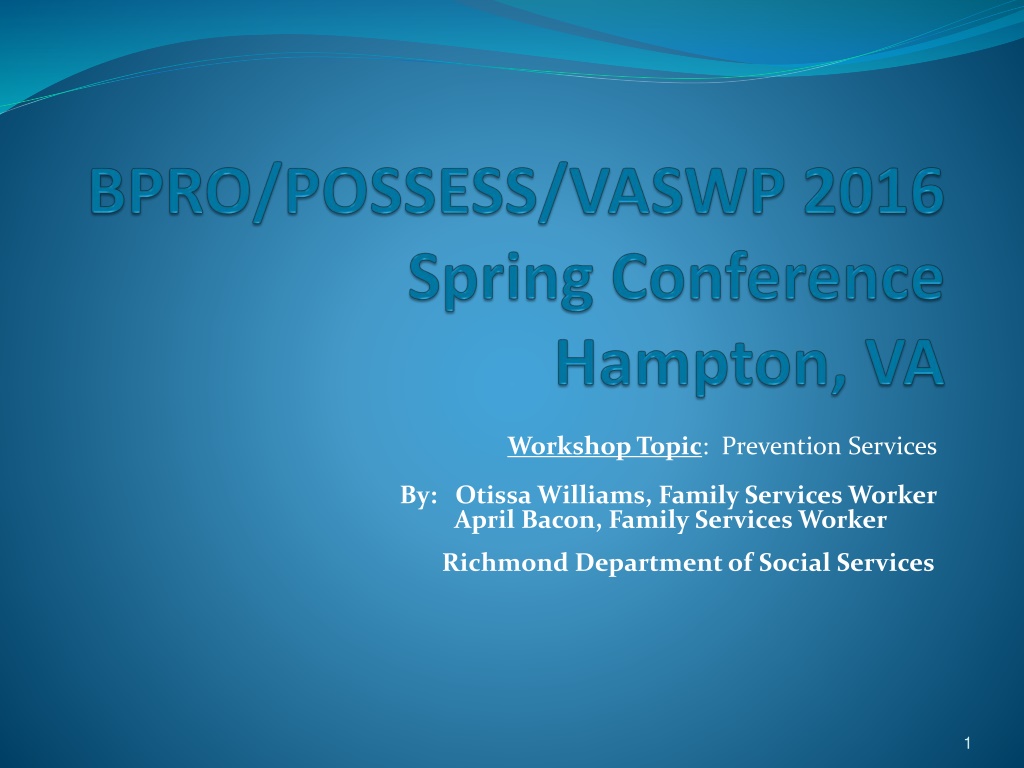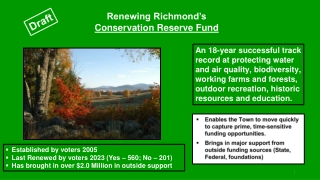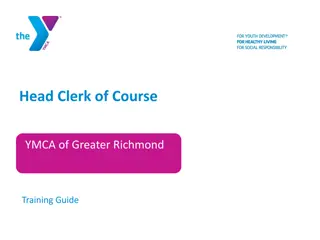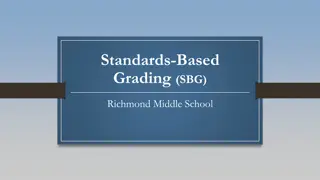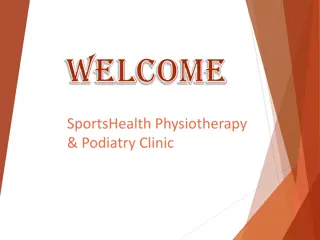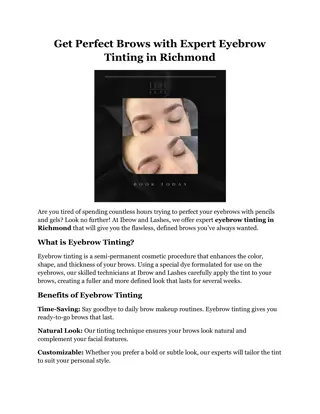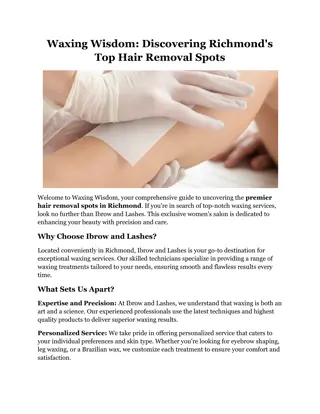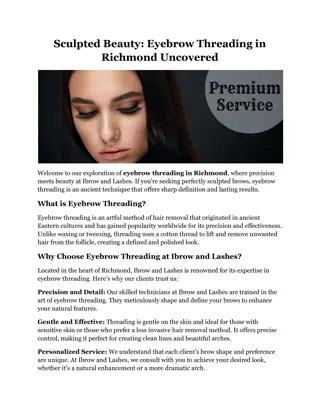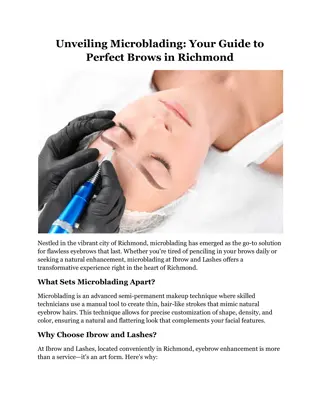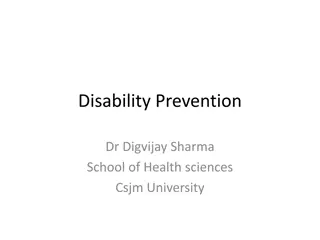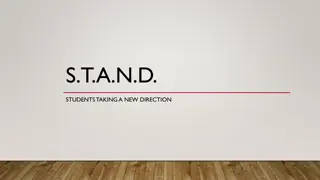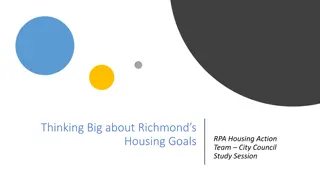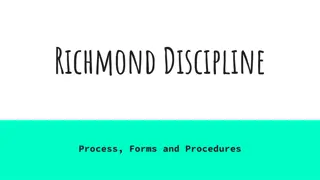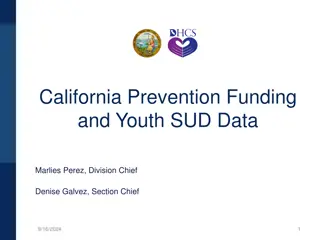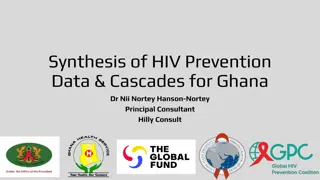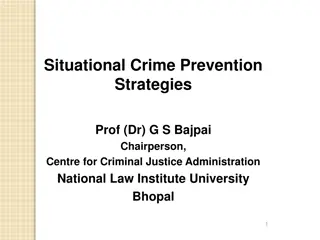Prevention Services Workshop by Richmond Department of Social Services
Explore the valuable workshop on Prevention Services by Otissa Williams and April Bacon from Richmond Department of Social Services. Learn about prevention efforts, risk factors, protective factors, and goals to strengthen families and promote child safety and well-being. Discover the Virginia Children's Services Practice Model emphasizing family-centered and community-based support for children and youth.
Download Presentation

Please find below an Image/Link to download the presentation.
The content on the website is provided AS IS for your information and personal use only. It may not be sold, licensed, or shared on other websites without obtaining consent from the author. Download presentation by click this link. If you encounter any issues during the download, it is possible that the publisher has removed the file from their server.
E N D
Presentation Transcript
Workshop Topic: Prevention Services By: Otissa Williams, Family Services Worker April Bacon, Family Services Worker Richmond Department of Social Services 1
Welcome to Preservation Services They didn t know their own strength Do You? 2
DEFINITIONS Prevention is the effort to promote health & competence in individuals & families. The purpose of prevention also is to create, promote, and strengthen environments which nurture families & individuals in their development to prevent out of home placements. Risk is the probability of harm. Services are implemented to stabilize and promote positive outcome for families. 3
VADSS Goals of Prevention Services Strengthen families. Promote child safety, well-being, permanency & placement stability. Minimize the risk of harm to children in an effort to prevent child abuse & neglect. Maximize the abilities of families to protect & care for each other. 4
Virginia Childrens Services Practice Model We believe that all children & communities deserve to be safe. We believe in family, child and youth-driven practice. We believe that children do best when raised in families. We believe that all children and youth need and deserve permanent family. We believe in partnering with others to support child and family success in a system that is family focused, child centered and community based. We believe that how we do our work is as important as the work we do. 5
PROTECTIVE FACTORS guidance 4.8.2.1.1 Positive Self Image Nurtured Stable Home Environment (Free of DV, A/N, employment, etc.) Problem-Solving Skills Parenting Competencies (clear standards, closeness, sets limits, consistent, sensitive to needs, co-parenting, Fatherhood Initiative, etc.) Resiliency Support Systems(family, friends, professionals, etc) 6
Risk Factors guidance reference 4.8.2.1.2 Previous/Current Reports of Abuse/Neglect Substance Abuse Caregiver s Ability To Protect Visible Injuries To Body Financial Instability Mental Health Issues or Competency Behaviors of Child(ren) Educational Issues Frequency, Duration and Severity of Risk Factors Criminal History Medical Documentation Citing Risk Unstable Housing 7
Scenario 13yr old African American male in single female household residing with MGP; history of defiant behaviors; assessed for ADHD w/aggression; medication changes 3 times from Adderall, Clonidine, Strattera, Adderall XR, Depakote; medical history include SVT(heart condition), concussions, asthma, grandma seizures; chronic truancy 50%; behavior include hearing things, seeing things, aggression both verbal/physical, delinquent behavior result in A/B charge diverted, no services from mental health provider 8
Assessments need to be: Comprehensive & thorough Identify the strengths, risk, protective factors Completed w/family, child Trauma informed Continuous Collateral resources information obtained Family/child based 9
The Tools Guidance reference 4.9, 4.19 VDSS Practice Model of Child/Family Centered Structure Decision Making Program & Locality Specific Assessments Ecomaps & Geno grams Domestic Violence Resources Medical Information Financial Assessment Individual Tools: active listening, clarifying questions, non-judgmental language & appropriate body language Cultural Competency - awareness of the customs of our families to ensure respect and throughout the assessment process. VA Child & Families Manual 10
ENGAGING FAMILIES Yours/family perception seen through case file, history, phone call, tone of voice, facial expression, body language and formal introduction Family has to want the services in order for it to be effective. Means collaborating/partnering Engaged through the entire process -assessment to service planning to referral of services Be Respectful 11
Referrals from? Community stakeholders such as schools, FAPT, medical professionals, mental health professionals. Self referrals Court ordered(relief of custody, delinquent matters, custody issues, A/N) CPS assessment with moderate/low risk but needs services Foster Care Reunification, Preservation If referral states one child, still work with whole family Keep in mind that we are ALL Mandated Reporters 12
Service Types Early prevention such as awareness, education with community outreach providers such as support groups Mental health services such as mental health support, outpatient counseling, in home services Diversion programs such as residential diversion, foster care diversion, kinship placement Financial assistance for crisis intervention i.e.: evictions, disconnection utilities, homelessness 13
RESOURCES VA State Manual for Families & Children http://spark.dss.virginia.gov/about/manuals.html Domestic Violence Policy Community Service Boards School Systems, Court Systems Other programs within your agency such as Benefits, Child Care Reference to guidance: 4.19 Appendices 211 (United Way) 14
QUESTIONS & COMMENTS 15
